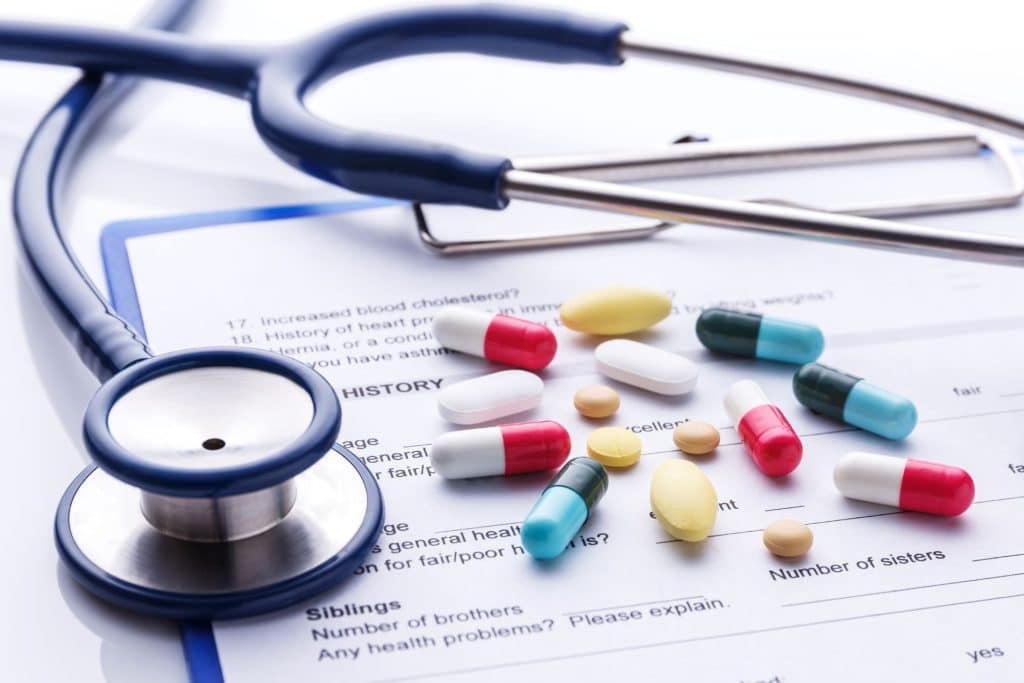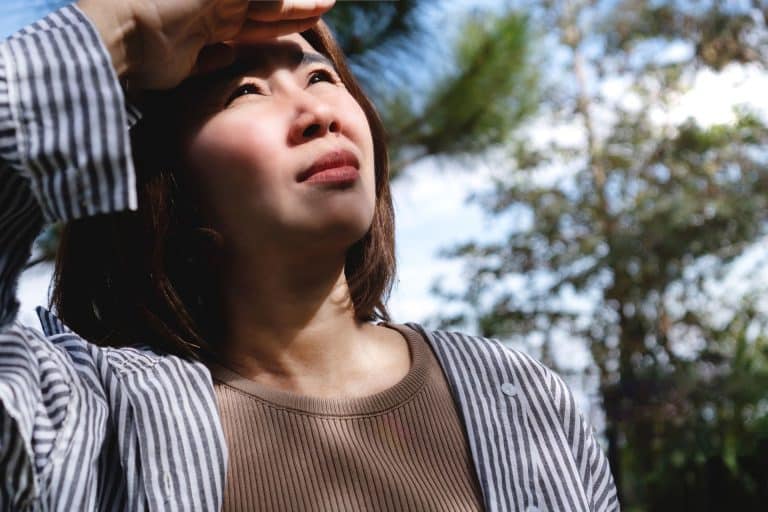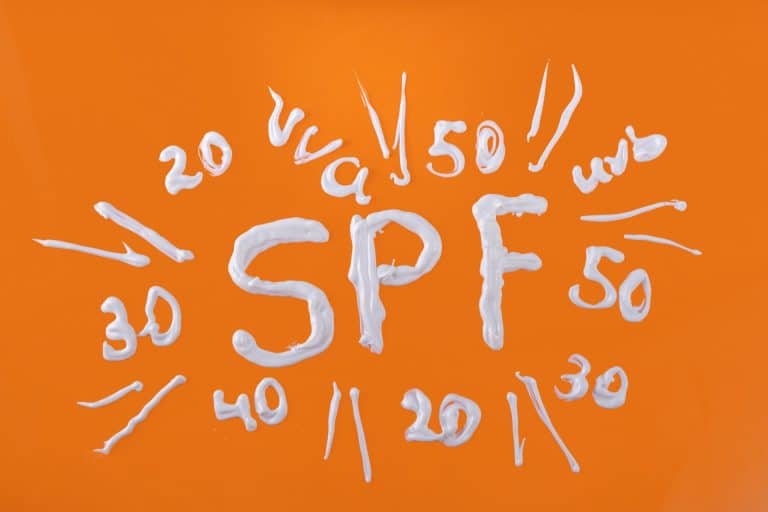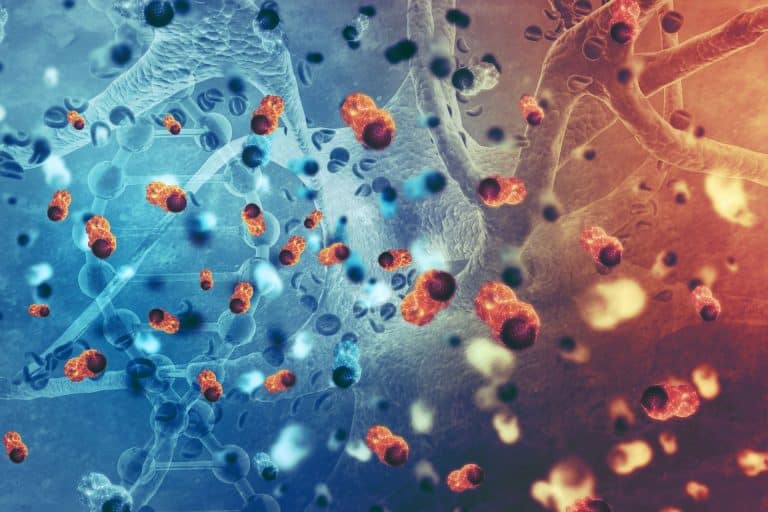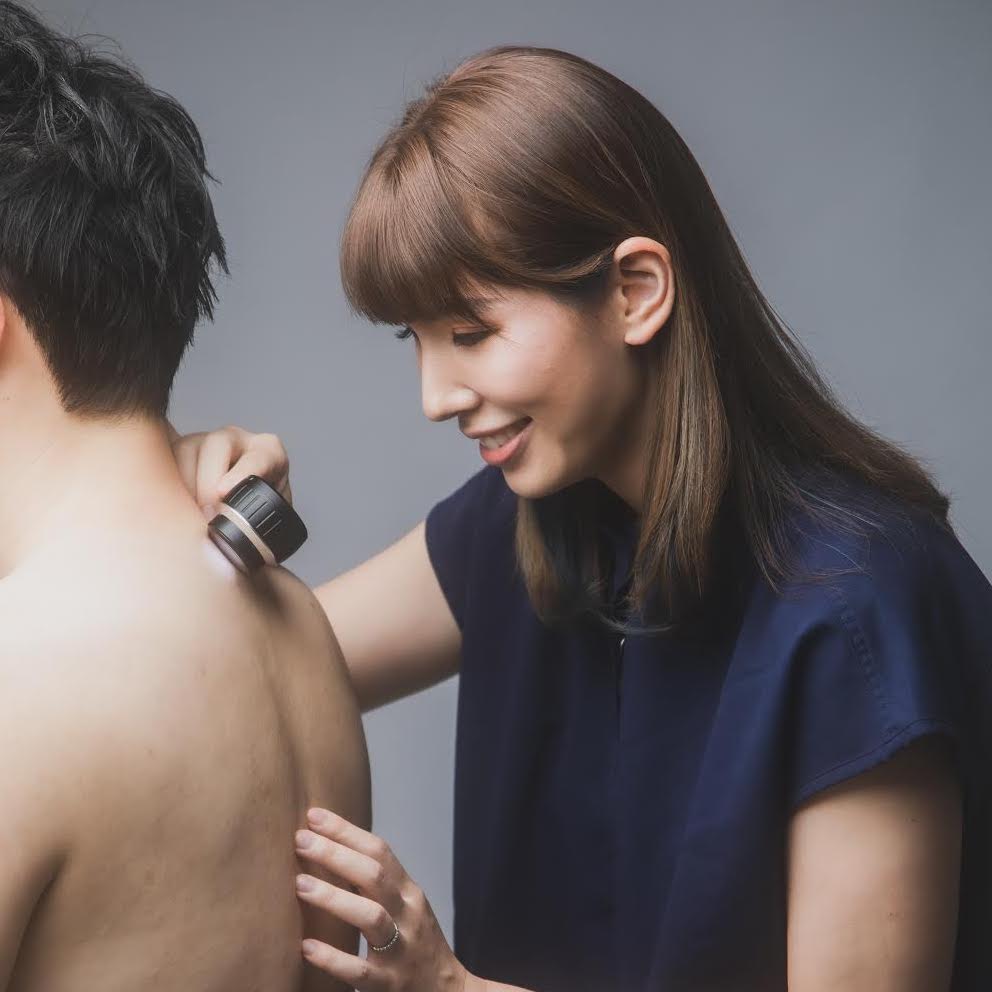Individuals with weakened immune systems face an increased risk of developing skin cancer, particularly non-melanoma skin cancers (NMSC) like squamous cell carcinoma (SCC) and, to a lesser extent, basal cell carcinoma (BCC). This risk is especially pronounced in organ transplant recipients (OTRs), cancer patients on immunosuppressive therapy, and individuals with chronic immune conditions.
Understanding why immunosuppression heightens skin cancer risk, the role of certain medications, and protective measures can help high-risk individuals reduce their chances of developing skin cancer.
How a Weakened Immune System Increases Skin Cancer Risk
1. Immune Surveillance and Skin Cancer Development
The immune system plays a critical role in detecting and destroying abnormal cells before they become cancerous. When the immune response is weakened, either due to organ transplantation, disease, or medication, the body’s ability to identify and eliminate precancerous and cancerous cells is reduced.
2. Increased Risk of Aggressive Skin Cancers
- Immunocompromised patients can develop more aggressive skin cancers, which tend to grow faster, invade deeper, and have a higher recurrence rate.
- In particular, cutaneous SCC in transplant patients is up to 65 times more common than in the general population and has a higher metastatic rate.
- Merkel cell carcinoma (MCC), a rare but highly aggressive skin cancer, is also more prevalent in immunocompromised individuals.
3. Role of UV Exposure in Immunosuppressed Patients
Ultraviolet (UV) radiation remains a primary risk factor for skin cancer, but its effects are exacerbated in immunosuppressed individuals. Studies show that organ transplant recipients (OTRs) are more prone to developing skin cancer in sun-exposed areas.
Skin Cancer Risks for Organ Transplant Patients
Organ transplant recipients require lifelong immunosuppression to prevent organ rejection. Unfortunately, this leads to a significantly higher risk of developing skin cancer:
1. The High Incidence of Skin Cancer in Transplant Recipients
- 44% of transplant patients will develop multiple skin cancers within a few years post-transplant.
- The risk increases over time, with cumulative immunosuppressive exposure.
2. SCC vs. BCC in Transplant Patients
Unlike the general population, where BCC is more common, SCC is the dominant skin cancer in transplant recipients, occurring at a ratio of 4:1 compared to BCC.
3. Factors Affecting Skin Cancer Risk in Transplant Patients
- Type of Organ Transplanted – Heart transplant recipients have a threefold higher incidence of NMSC compared to kidney transplant patients, likely due to higher immunosuppressive requirements.
- Age at Transplant – Patients over 50 are at higher risk, developing skin cancer within the first year of immunosuppression.
- Duration of Immunosuppression – The longer a patient remains immunosuppressed, the greater their risk.
Medications That May Contribute to Higher Skin Cancer Susceptibility
Certain immunosuppressive drugs used to prevent organ rejection or treat autoimmune diseases are known to increase skin cancer risk.
1. Calcineurin Inhibitors (e.g., Cyclosporine, Tacrolimus)
- Suppress T-cell function, impairing cancer surveillance.
- Associated with higher rates of SCC and BCC.
2. Azathioprine
- Increases DNA damage when exposed to UV light, leading to photo-induced mutations and a higher risk of SCC.
3. mTOR Inhibitors (Sirolimus, Everolimus)
- May be a safer alternative to calcineurin inhibitors, as some studies suggest a lower skin cancer incidence with their use.
4. Systemic Steroids
- Long-term steroid use can weaken the immune system, increasing cancer susceptibility.
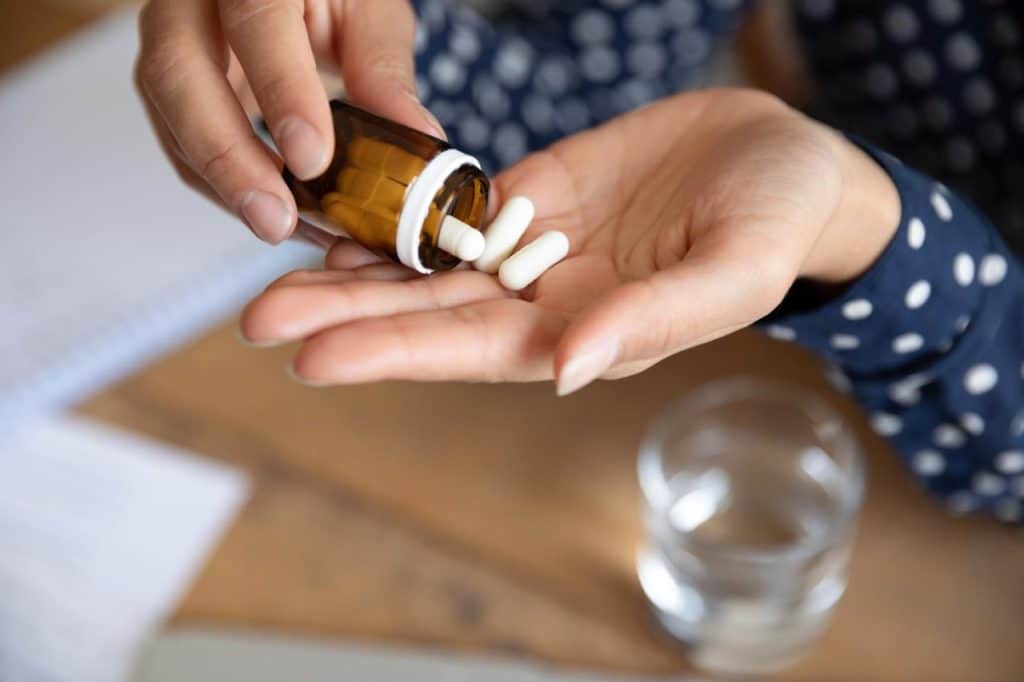
How to Protect Your Skin if You Are Immunocompromised
1. Daily Sun Protection
- Wear SPF 30+ broad-spectrum sunscreen every day.
- Use sun-protective clothing, hats, and sunglasses.
- Seek shade between 10 AM and 4 PM to limit UV exposure.
2. Regular Skin Checks
- Perform self-examinations every month using the ABCDE rule to detect changes early.
- Schedule professional skin exams every 6 months (or more frequently if high-risk).
3. Consider Alternative Immunosuppressive Regimens
- Speak with your doctor about adjusting your medication to a regimen that may have less impact on skin cancer risk.
4. Use Nicotinamide (Vitamin B3) Supplements
- Studies show that nicotinamide reduces NMSC risk by 23% in high-risk individuals.
The Role of Regular Skin Screenings in High-Risk Individuals
For immunocompromised individuals, early detection is critical to prevent advanced skin cancer.
1. How Often Should Immunocompromised Patients Have Skin Checks?
- Organ transplant patients should have a skin check every 6 months.
- High-risk individuals (e.g., long-term steroid users, HIV patients) should be screened annually.
2. What Happens During a Skin Cancer Screening?
- Full-body examination by a dermatologist.
- Dermoscopy to detect early skin cancer signs.
- Biopsies if suspicious lesions are found.
Final Thoughts: Skin Cancer Prevention in Immunocompromised Patients
Key Takeaways:
- Immunosuppressed individuals are at a significantly higher risk of developing aggressive skin cancers.
- SCC is the most common and deadliest skin cancer in transplant patients.
- Certain medications increase the risk, but alternative treatment options may help.
- Sun protection, regular skin screenings, and nicotinamide supplementation can lower risk.
If you are immunocompromised, regular skin checks could save your life! Book a consultation today at ISO Skin Cancer Clinic for a comprehensive skin cancer screening and personalised prevention plan.

